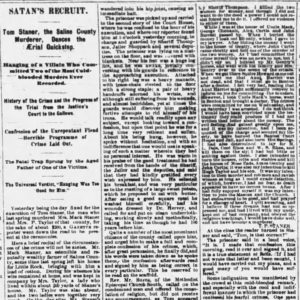 Tom Staner Execution Story
Tom Staner Execution Story
Entry Category: Law Enforcement
 Tom Staner Execution Story
Tom Staner Execution Story
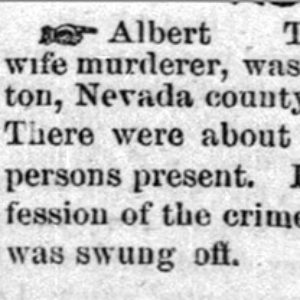 Trammell Execution Story
Trammell Execution Story
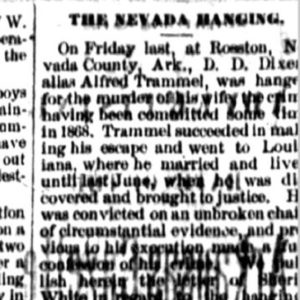 Trammell Execution Story
Trammell Execution Story
Trammell, Albert (Execution of)
Triple Execution of 1994
Triple Execution of 1997
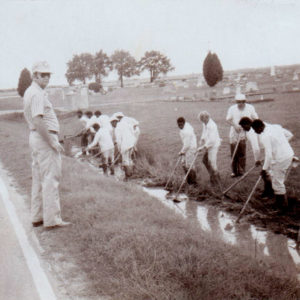 Tucker Prison Farm Road Crew
Tucker Prison Farm Road Crew
Tucker Telephone
Tucker Unit
aka: Tucker Prison Farm
 Tucker Unit Commissary Token
Tucker Unit Commissary Token
Tucker, James (Execution of)
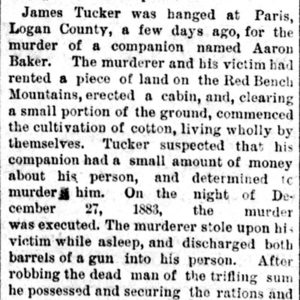 James Tucker Execution Story
James Tucker Execution Story
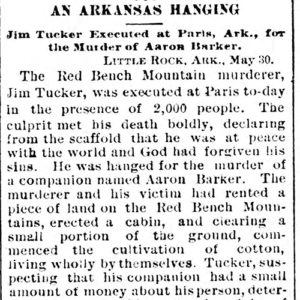 James Tucker Execution Story
James Tucker Execution Story
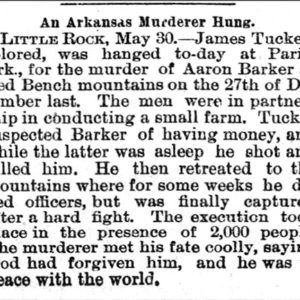 James Tucker Execution Story
James Tucker Execution Story
 U.S. Marshals Museum
U.S. Marshals Museum
U.S. Marshals Service (USMS)
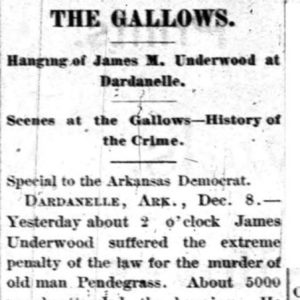 James Underwood Execution Story
James Underwood Execution Story
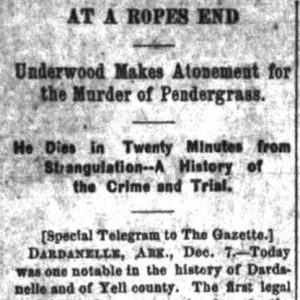 James Underwood Execution Story
James Underwood Execution Story
Underwood, James M. (Execution of)
United States District Court for the Western District of Arkansas
Varner Unit
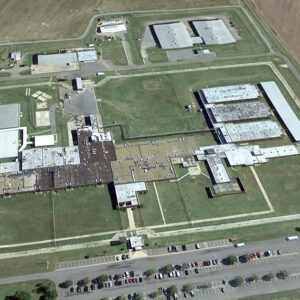 Varner Unit
Varner Unit
 Varner Unit
Varner Unit
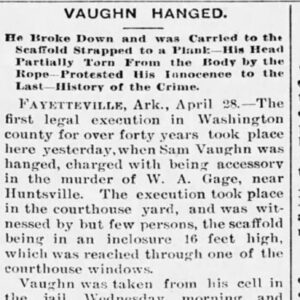 Sam Vaughn Execution Story
Sam Vaughn Execution Story
Vaughn, Samuel (Execution of)
Walker, Dock (Execution of)
Walker, Nick (Execution of)
 Warden Murderers Sentenced
Warden Murderers Sentenced
 Washington Execution of 1902
Washington Execution of 1902
Watkins, William (Execution of)
 William Watkins Execution Story
William Watkins Execution Story
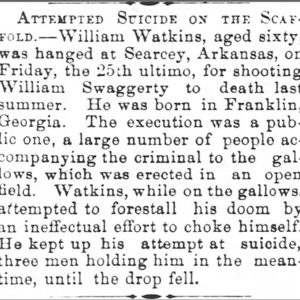 William Watkins Execution Story
William Watkins Execution Story
Wesley, John (Execution of)
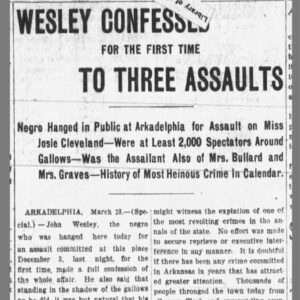 John Wesley Execution Story
John Wesley Execution Story
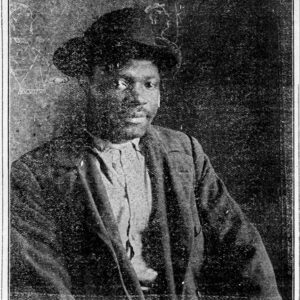 John Wesley Execution Story
John Wesley Execution Story
White, Hayes (Execution of)
White, Isom (Execution of)
Whitley, Marcus (Execution of)
Williams, Robert (Execution of)
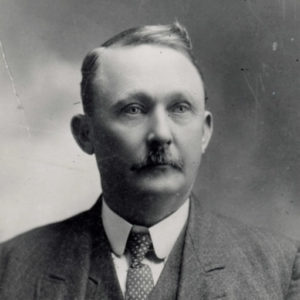 Sheriff Bob Williams
Sheriff Bob Williams
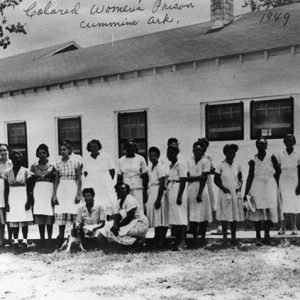 Women Prisoners
Women Prisoners
Wright, Charles (Execution of)
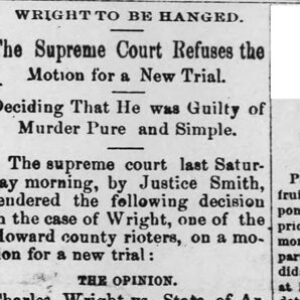 Charles Wright Execution Story
Charles Wright Execution Story
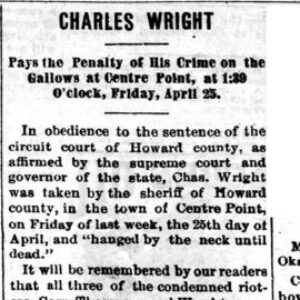 Charles Wright Execution Story
Charles Wright Execution Story
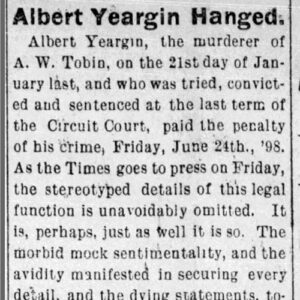 Yeargin Execution Article
Yeargin Execution Article




